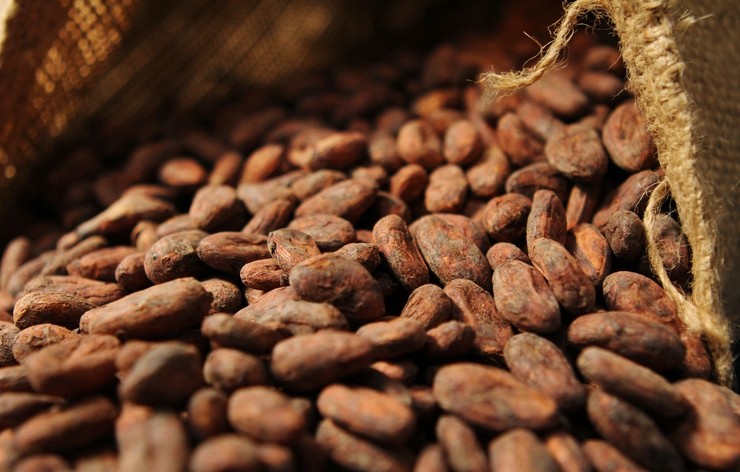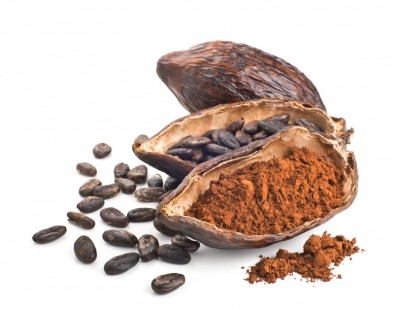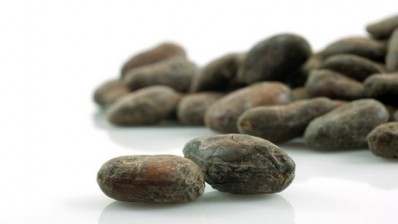Europe, North America and Asia cocoa grinds rise in Q3

But despite increased demand Ghana and Côte d’Ivoire have announced producer prices will not change for 2017/18.
Europe’s grind was up +3% to 353,544 metric tons (MT) over the period, figures published by the European Cocoa Association (ECA) on October 11 show.
North American processing (Canada, Mexico and the US) climbed +0.68% to 125,263 MT, according to data released by the US National Confectioners Association (NCA) last Thursday.
Asia processed +12.92% more cocoa than the same period last year taking its total to 189,407 MT for Q3 2017, said the Cocoa Association of Asia on Friday.
Cocoa grindings collectively across the three regions rose +5.17%.
The numbers come from large cocoa processors in the three geographies including Barry Callebaut, Cargill, Olam, Mondelēz International, Nestlé , Mars Wrigley Confectionery among others.
‘Positive margin environment’
The Cocoa Association of Asia said: “The increase reflects healthy demand for cocoa products and is in line with the current positive margin environment.”
Rabobank said in its Agri Commodities Monthly Report for September: “Demand continues to be exceptional. Grinding numbers and margins continue to be excellent.”
The bank anticipates grinding figures globally will finish more than +4% higher in the 2016/17 season (October 2016 to September 2017).
‘Manifest injustice’
The presidents of Ghana and Côte d’Ivoire met earlier this month to address what Ghana’s government called in a release the “unfavorable global cocoa pricing regime”.
Nana Addo Dankwa Akufo-Addo, Ghana’s president, said: “We will not continue to be victims or pawns of the global cocoa industry that is dependent on the work of our farmers.”
He claimed cocoa farmers earned just 5.75% of the global value chain. “…This is manifest injustice. It cannot and should not continue,” he said.
The Ghanaian president urged the two West African nations to align their cocoa policies.
Producer prices unchanged
But the meeting did not mean a change in producer prices in either country.
Ghana has maintained its producer price of 7,600 Ghanian cedis ($1,733) per MT for the 2017/18 season, which started this month.
Ivorian regulator Conseil du Café-Cacao recently confirmed the minimum producer price in Côte d’Ivoire for the main crop (October 2017 to March 2018) would remain at CFA 700 ($1.25) per kg.
This came despite speculation the price would rise to CFA 750 ($1.34) per kg.
Rabobank said the price was set at CFA 1,000 ($1.79) per kg during the last main crop and said the lower price “will have a significant detrimental effect on production, prompting us to reduce Côte d’Ivoire production from 2m MT in 2016/17 to 1.85m MT”.
How much does a cocoa farmer earn?
A cocoa farmer’s daily income for cocoa based on Côte d’Ivoire’s 2017/18 main crop producer price leaves him or her below or close to the poverty line and only slightly better off in Ghana based on its 2017/18 producer price:
Côte d’Ivoire
- Daily income - $1.84 to $3.08
- Annual income – $671 to $2,015
- World Bank's global poverty line: $1.90 per day
- National poverty line: $2.40 per day
Ghana
- Daily income - $2.37 to $7.11
- Annual income - $865 to $2595
- World Bank's global poverty line: $1.90 per day
- National poverty line - $0.82 per day (3.6 Ghanaian cedis)
ICCO to appoint new executive director
Government led body The International Cocoa Organization (ICCO) said last week it was recruiting a new executive director.
In a release, the body said nothing about the status of incumbent executive director Dr. Jean-Marc Anga. The ICCO moved its headquarters from London to Abidjan earlier this year.
In August, the ICCO projected a global surplus for the 2016/17 season (October 2016 to September 2017) of +371,000 MT.
WCF Partnership Meeting
Industry-led trade body the World Cocoa Foundation will host a two-day Partnership Meeting from tomorrow in Washington D.C.
The conference will explore how technology such as GPS mapping and smart phone applications may enhance cocoa sustainability. See HERE for the full program.
ConfectioneryNews will be reporting from the US capital.






